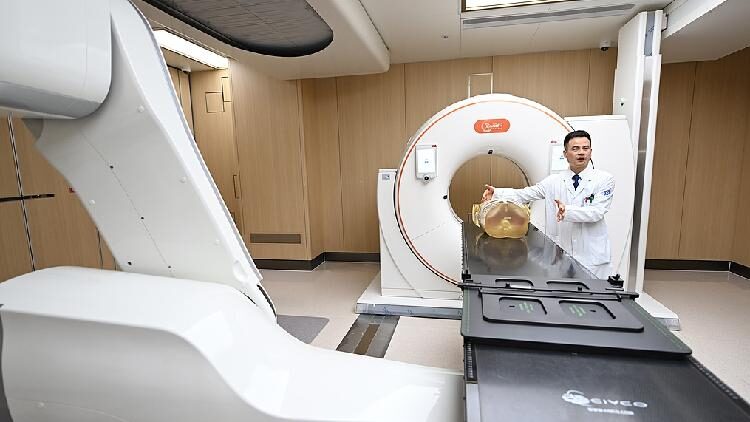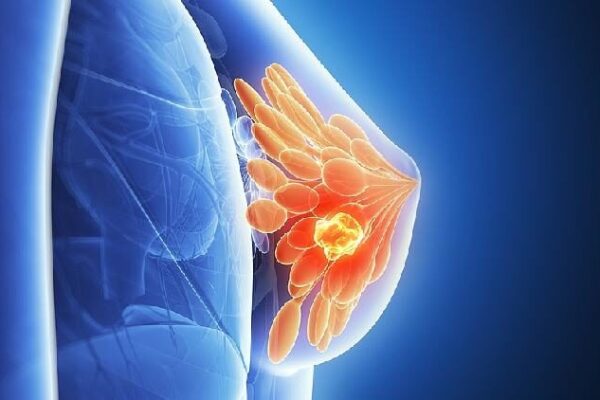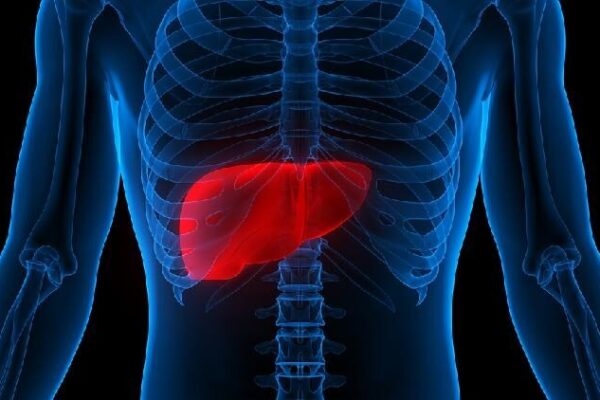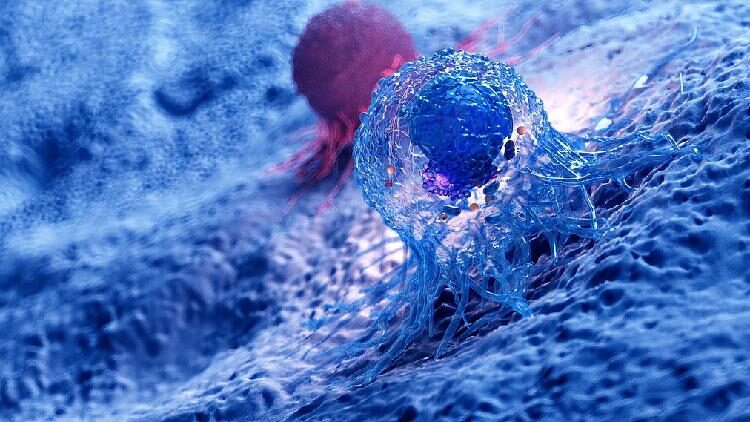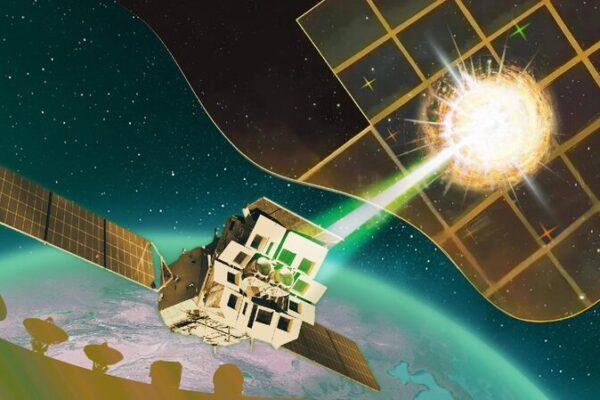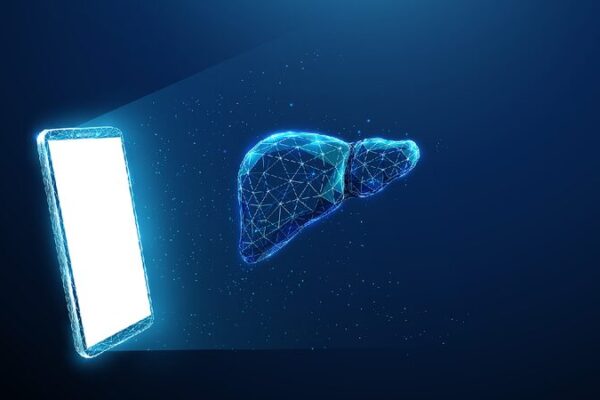In a groundbreaking discovery, researchers have unlocked the microscopic mechanism behind heavy-ion cancer therapy, paving the way for more effective cancer treatments and advanced radiotherapy technologies.
The study, led by scientists from the Institute of Modern Physics (IMP) of the Chinese Academy of Sciences, was recently highlighted in the journal Physical Review X. Collaborating with international colleagues, the team has shed light on how heavy-ion beams more efficiently destroy cancer cells.
Heavy-ion therapy, a cutting-edge radiotherapy technique proposed in 1946, utilizes charged heavy particles to eradicate tumor cells. Unlike traditional X-ray radiotherapy, heavy ions deliver a more potent punch. “Under the same radiation dose, heavy ions exhibit two to three times greater cancer-cell-killing efficiency than traditional X-rays,” explained Xu Shenyue, a researcher with the IMP.
The key lies in the ability of heavy ions to cause DNA double-strand breaks in tumor cells, leading to stronger biological effects. Until now, the precise microscopic mechanism was not well understood. To investigate, scientists conducted experiments at heavy-ion research facilities in Lanzhou, northwest China’s Gansu Province.
For the first time, they observed an intermolecular energy and proton transfer cascade mechanism triggered by heavy-ion irradiation in biomolecular clusters. “This discovery illuminates the molecular processes of radiation damage and could play a vital role in optimizing future radiotherapy techniques,” said Ma Xinwen, another researcher with the IMP.
The international team included experts from Russia’s Irkutsk State University, Germany’s Heidelberg University, the University of Science and Technology of China, Xi’an Jiaotong University, and Lanzhou University. Their collaborative efforts mark a significant step forward in the fight against cancer, offering hope for more effective treatments for patients worldwide.
Reference(s):
Scientists reveal key mechanism behind heavy-ion cancer therapy
cgtn.com
